BioFabUSA, a program of ARMI, is a public-private partnership with more than 170 members, including companies, academic institutions and not-for profit organizations.
CPs should address substantial technical challenges in the field of Tissue Manufacturing. They should target issues difficult to solve with current approaches and help to drive the development of new technologies.
SPs should exploit more mature capabilities, technologies, and devices developed at the Center.
Both CPs and SPs are expected to be externally funded prior to beginning work.
If you are interested in initiating a new CP or an SP, please fill-out the form below:
Campus Locations:
Millis Science Center
Room 118
2080 Adelbert Road
Cleveland, OH 44106-7120
ARMI | BioFabUSA
Technology Center- The Millyard
400 N Commercial St,
Manchester, NH 03101
Mailing Addresses:
10900 Euclid Ave.
Cleveland, OH 44106
400 Commercial Street
Manchester, NH 03101
Contact:
| Cookie | Duration | Description |
|---|---|---|
| cookielawinfo-checkbox-analytics | 11 months | This cookie is set by GDPR Cookie Consent plugin. The cookie is used to store the user consent for the cookies in the category "Analytics". |
| cookielawinfo-checkbox-functional | 11 months | The cookie is set by GDPR cookie consent to record the user consent for the cookies in the category "Functional". |
| cookielawinfo-checkbox-necessary | 11 months | This cookie is set by GDPR Cookie Consent plugin. The cookies is used to store the user consent for the cookies in the category "Necessary". |
| cookielawinfo-checkbox-others | 11 months | This cookie is set by GDPR Cookie Consent plugin. The cookie is used to store the user consent for the cookies in the category "Other. |
| cookielawinfo-checkbox-performance | 11 months | This cookie is set by GDPR Cookie Consent plugin. The cookie is used to store the user consent for the cookies in the category "Performance". |
| viewed_cookie_policy | 11 months | The cookie is set by the GDPR Cookie Consent plugin and is used to store whether or not user has consented to the use of cookies. It does not store any personal data. |

BioFabUSA, a program of ARMI, is a public-private partnership with more than 170 members, including companies, academic institutions and not-for profit organizations.
The Advanced Regenerative Manufacturing Institute (ARMI) is a member-based, nonprofit organization whose mission is to advance the bioeconomy of the United States. The institute’s work will positively impact not only manufacturing but also healthcare and education and workforce development in the country.
The Advanced Regenerative Manufacturing Institute (ARMI) is a member-based, nonprofit organization whose mission is to advance the bioeconomy of the United States. The institute’s work will positively impact not only manufacturing but also healthcare and education and workforce development in the country.